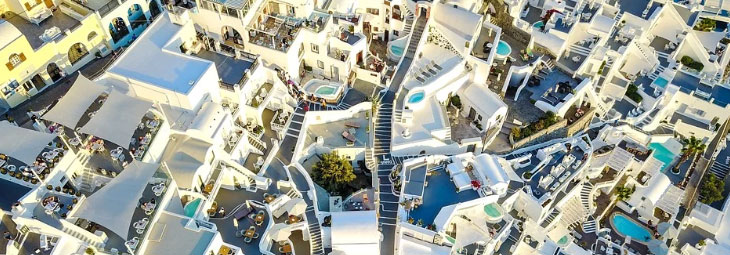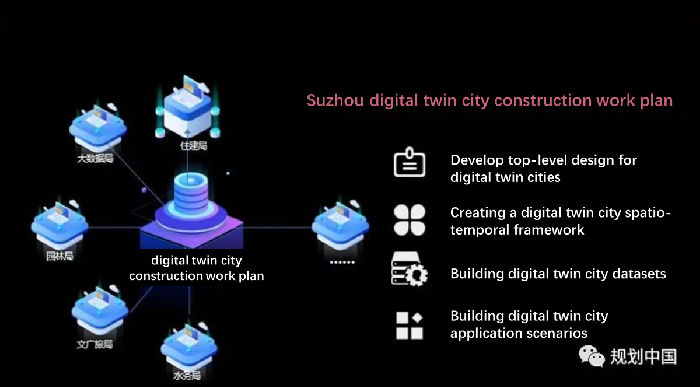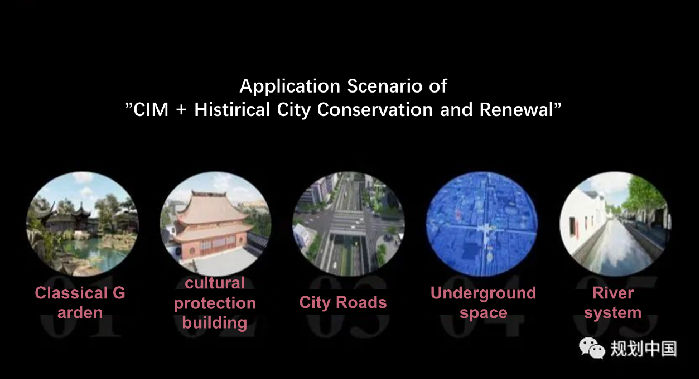


The year 2022 marks the 40th anniversary of the establishment of the protection system for historic and cultural cities in China. As the first batch of national famous historical and cultural cities, Suzhou has been at the forefront of the protection and inheritance work in China. Since the 18th Party Congress, President Xi has repeatedly made important remarks on strengthening the protection and inheritance of urban history and culture and strengthening cultural confidence.
In order to thoroughly implement the strategic deployment of President Xi on building digital China, smart city, Suzhou Municipal Party Committee and Municipal Government have comprehensively accelerated the construction of "digital economy, digital society and digital government", driven the change of production mode, life style and governance mode by digital development, and continuously improved government services, public services and social governance. The government will continue to improve the digital intelligence of government services, public services and social governance. With the ancient city as a model, Suzhou is using digital concepts and methods to interpret the rich history, cultural heritage, modern appearance and future vision of the thousand-year-old city, and to stimulate its vitality and vigor. The digital twin city showcases Suzhou's urban characteristics with digital technology, allowing the public to experience the "slow" life of the ancient city with its small bridges and gardens and the prosperous scene of the modern society.
In order to accelerate the construction of digital twin city, Suzhou is steadily promoting the construction of City Information Model (CIM) infrastructure platform, which is based on GIS, BIM, Internet of Things, 5G, low-orbiting satellite and other emerging information technologies, collecting and integrating multi-dimensional information data and real-time sensing data of above and below ground, indoor and outdoor, history, present and future, etc., to build up the digital twin city. The "all-space" data is used throughout the whole life cycle of planning, design, construction, governance and operation.
The platform strengthens the integration of multiple scenes serving people's work and life, provides convenient channels for people to participate in CIM applications at different levels, such as home, community, district, county and city, supports the interconnection and resource sharing of CIM infrastructure platforms at national, provincial, municipal and district levels, accelerates the formation of a new pattern of "1+10" CIM infrastructure platforms for Suzhou city integration, and accelerates the integration into the new trend of digital integration in the Yangtze River Delta region.
Based on the idea of people's city for people, Suzhou uses the platform to tap into the high value-added sectors of the industry chain and support comprehensive applications in emerging areas such as eco-tourism, digital RMB, resource insurance, cultural consumption, traffic mapping, emergency security, online education, precise medical care, and welfare and elderly care to support the sustainable and livable development of Suzhou in the future.
At present, Suzhou has carried out a series of work around the City Information Model (CIM) foundation platform project and achieved initial results. First, the program was developed to improve the standards. Based on Suzhou's existing work foundation, a work plan for the construction of the digital twin city was prepared, systematically specifying the work objectives, key tasks and division of responsibilities, and forming an operable work roadmap and timetable. In accordance with the "Implementation Plan for the Standardization of Digital Suzhou", the CIM basic platform data standards and spatial coding system standards of the digital twin standard were formulated and released to actively build a unified standard specification system in the city, so as to fully promote the construction of the digital twin city in advance.

Second, the platform is built to bring together data. Based on the data of spatio-temporal foundation, resource survey, planning and control, Suzhou has initially built a three-dimensional spatial base panel with territory-wide coverage and hierarchical classification. The current data covers the city's 8657 square kilometers of high-definition images, electronic maps, three-dimensional building models, 420 square kilometers of realistic three-dimensional models within the Central Ring, and 19.2 square kilometers of refined three-dimensional models above and below ground in the historical city.
Thirdly, Suzhou will build a "1+10" CIM platform system at municipal and district (county) levels, take the relatively mature high-tech zone as the first pilot, accelerate the construction of sub-nodes in each district (county), and finally form an integrated and interconnected CIM platform system in the city.
Lastly, with a focus on the ancient city of Suzhou, the "CIM + ancient city preservation and renewal" application scenario is built to monitor, diagnose and predict various elements in the ancient city through digital simulation of key gardens, cultural preservation buildings and roads, bridges, water systems, underground pipelines, etc., providing strong decision support for ancient city preservation and renewal and refined management. At the same time, the platform also opens some of the unclassified data to the public, leading the general public to experience the unique charm of the ancient city's gardens, cultural preservation buildings, opera and other intangible cultural heritage in depth through digital means, further releasing the cultural value of the ancient city and promoting the inheritance and protection of history and culture.

Creating a digital twin city is a comprehensive and systematic project. In the future, Suzhou will take the CIM platform as the core carrier, promote more departments to classify thematic data in a hierarchical manner and accurately map them, realize a wider range of application scenarios for timely matching and fine construction, and intelligently empower the modern governance of the city. At the same time, Suzhou will promote the opening of more digital achievements to the public and the general public, combine AR, VR and other interactive technologies, actively create immersive "meta-universe" experience scenes, and strive to attract more groups to visit Suzhou online and offline, and fully renew the new charm of Suzhou city.
Source: <https://mp.weixin.qq.com/s/h6ZXyb1DbySuSKRUG49lmA>
Translated by Hou Ying